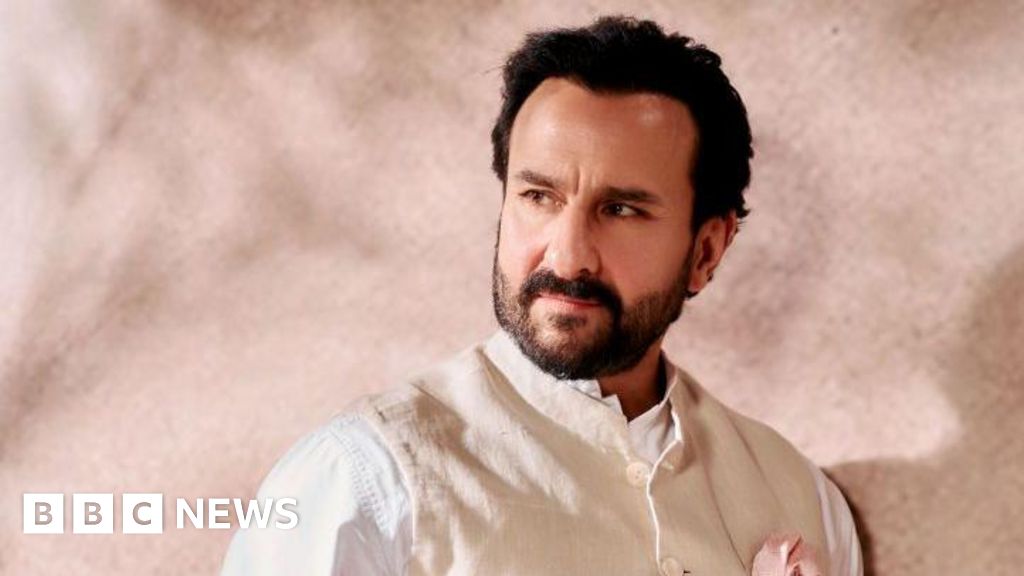ARTICLE AD BOX
By Bernd Debusmann Jr
BBC News, Washington
Image source, Getty Images
Image caption,Anti-vaccine mandate protesters in Ottawa on 12 February
Images of Canada's paralysed capital and of pandemic-rules protests have thrust the country's Covid response under the spotlight.
What started as a trucker-led movement to demand the end of a vaccine mandate has escalated to include all kinds of public health restrictions.
But since the pandemic began, Canada has fared far better than the US, despite similar income disparities, territorial divides, and comorbidities such as obesity and hypertension as its southern neighbour.
There is a staggering difference, for example, in how many more Americans have died because of Covid compared to Canadians, both in absolute numbers and as the ratio of deaths per million inhabitants.
So what is going on, and why might Canada's experience be different to that of the US so far? And amid mounting public pressure to relax restrictions, will Canada be able to keep a lid on the pandemic going forward?
What do the numbers show?
The proportion of daily new confirmed Covid cases has been lower in Canada than the US throughout most of the pandemic.
As of 12 February - and even with infection rates falling across the country - new cases in the US stood at about 543 per million people, compared with 258 in Canada, according to Our World in Data, a collaboration between Oxford University and an educational charity.
The trajectory of the pandemic has been similar in both countries, with cases rising and falling at roughly the same time, with the notable exception of the second US surge in the summer of 2021.
"In fact, the reproduction rate of the virus has been exactly the same," said Canadian national Dr Mark Cameron, an associate professor in the department of population and quantitative health sciences at Case Western University in Ohio. "[But] Canada's per capita case rate has generally been less than half that of the US".
The total death toll of the pandemic in the US stands at about 919,000, compared to 35,500 in Canada, according to Johns Hopkins University.
While the population of the US - over 332.4 million - is more than eight times Canada's 38.2 million, its ratio of deaths per million inhabitants still far surpasses Canada's.
Another set of statistics compiled by Johns Hopkins shows that as of 11 February, 279 US residents have died of Covid per 100,000, compared to about 94 in Canada.
Vaccination rates and healthcare differences
As of 9 February, 80% of Canada's population was fully immunised against Covid-19, along with another 5% that is partially vaccinated, meaning they had received at least one dose of a multi-dose vaccine.
In the US, 64% of people are fully vaccinated and 12% partially vaccinated.
Unlike the US, however, Canada has a universal, decentralised and publicly funded healthcare system administered by its 13 provinces and territories.
"That means that people, regardless of their socioeconomic status, have access to healthcare," said Dr Donald Vinh, an infectious disease specialist at McGill University Health Centre in Montreal. "What makes that an important factor is that, regardless of where you are in your phase of illness, you will still be able to get healthcare."
Far more Americans were ending up in intensive care as well. Last month during the Omicron wave, the number peaked at nearly 79 per million when Canada's was 32 per million.
"That has to be a function of healthcare systems. [Canada] is intervening quicker, and in different ways, than the US," Dr Cameron said. "That's where severe cases are ending up when other approaches and interventions have failed."
The availability of universal health insurance is the "simplest" explanation for Canada's lower infections and deaths, said Ross Upshur, a professor of public health at the University of Toronto.
"Most Canadians would not swap the health system we have, with all its faults, for the US system," he said.
Mandates
In Canada - like the US - individual provinces and territories can implement and lift local mandates governing behaviour - like going to restaurants, gyms and other public venues - as they see fit.
But the federal government still has jurisdiction on issues such as vaccine passports for domestic travel, vaccination requirements for federal employees or cross-border truckers. The latter was what initially prompted the protests.
In the US, some cities like New York have introduced vaccine passes to access restaurants and bars, but Canada's mandates have been stricter - and lasted far longer.
Canadian public health experts and many government officials believe that the more gradual relaxation of these rules - which are dependent on improvements in public heath data - has allowed it to avoid the same the high levels of infections and deaths that have been experienced in the US, where numbers spiked in a number of locations that rushed to ease regulations.
These measures have been "quite protective" for Canadians and left them "in a better place" than Americans, according to Dr Vinh.
"The adherence to public policies is a major factor that distinguishes the impact in the two countries," he said. "But that doesn't mean that the Canadian public isn't fed up with Covid or some public health measures."
Now, provincial governments across Canada are beginning to ease restrictions. Last week, Alberta ended its proof-of-vaccination system and plans to soon drop mask requirements for students in schools. Children under 12 will not be required to wear masks anywhere.
In Ontario, authorities will begin phasing out measures like capacity limits in restaurants and gyms. Proof of vaccination requirements will be lifted as of 1 March. Ontario Premier Doug Ford said that the province's effective handling of the Omicron variant has allowed it to "fast track" its reopening plans
But the easing of restrictions comes as Canada contends with the economic impact of the pandemic. Unemployment in Canada rose half a percentage point to 6.5% in January 2022, according to data from the Organisation for Economic Co-operation and Development (OECD). In the US, the unemployment rate stands at 4%.
The need to balance public health concerns with these economic and social concerns, Dr Vinh added, is often difficult and has left Canada's provincial and federal government in an "unenviable" position.
"We have a lot of outspoken physicians and scientists in all the provinces that are keeping an eye on these policies to make sure they are not egregious or dangerous," he said. "There's still a science and political divide."
Dr Vinh added that the segment of Canada's population that is against these public health measures isn't necessarily representative of the entire country - and that overall, the debate is less political than in the US.
"I think the US is equally disjointed, but on a much grander scale," he said. "The science is the signal, and the politics is the noise. A [failure] to understand the signal from the noise may be contributing strongly to the unfortunate situation they're in."
Future Forecast
Public health officials warn that while most of Canada's provinces are seeing cases and deaths fall, it may be too early to relax all the country's Covid-induced public health measures.
"We're not out of the woods, but we're improving," Dr Vinh said. "The problem with improving is that if you do too much, too soon, you may exacerbate the condition.
"It's like recovering from a broken leg. You need to learn how to sit, stand and walk before you run and sprint."
Dr Vinh said that a "strategic and staggered process with a constant surveillance of metrics" may be necessary to give provincial and federal mandates the flexibility to respond to changes in the pandemic.
"People do get fed up and want to will it away," Professor Upshur said. "But you can't will it away - or honk it away".

 2 years ago
29
2 years ago
29








 English (US) ·
English (US) ·